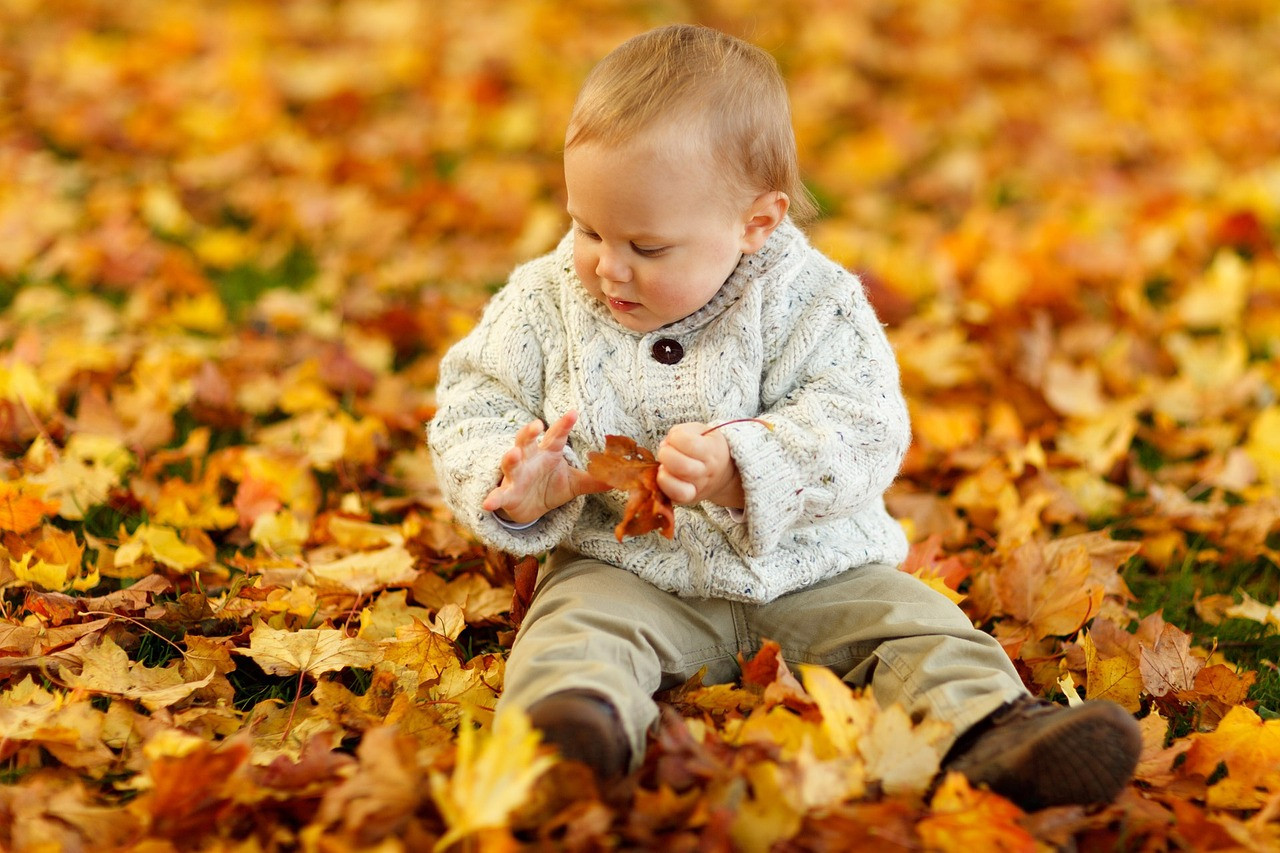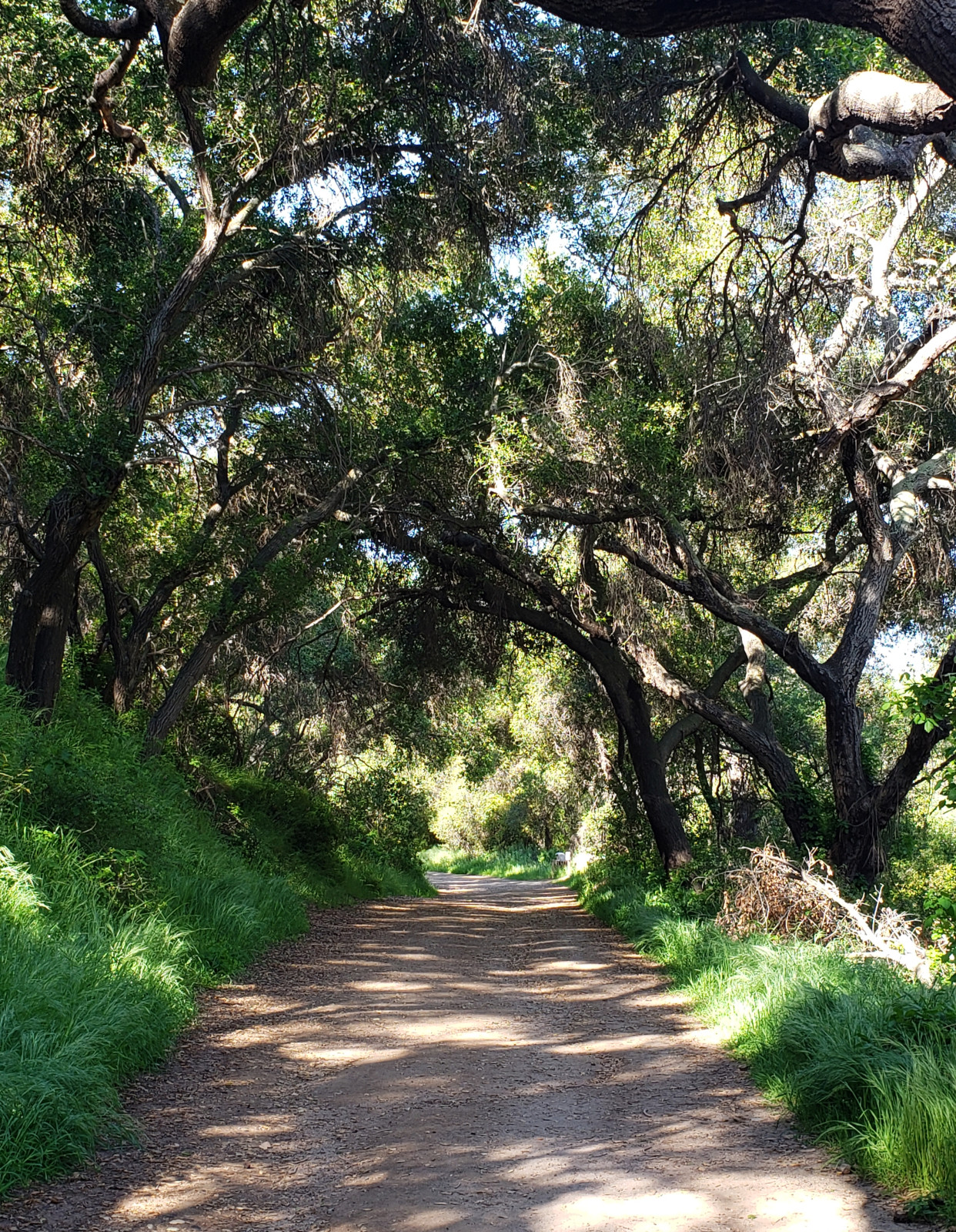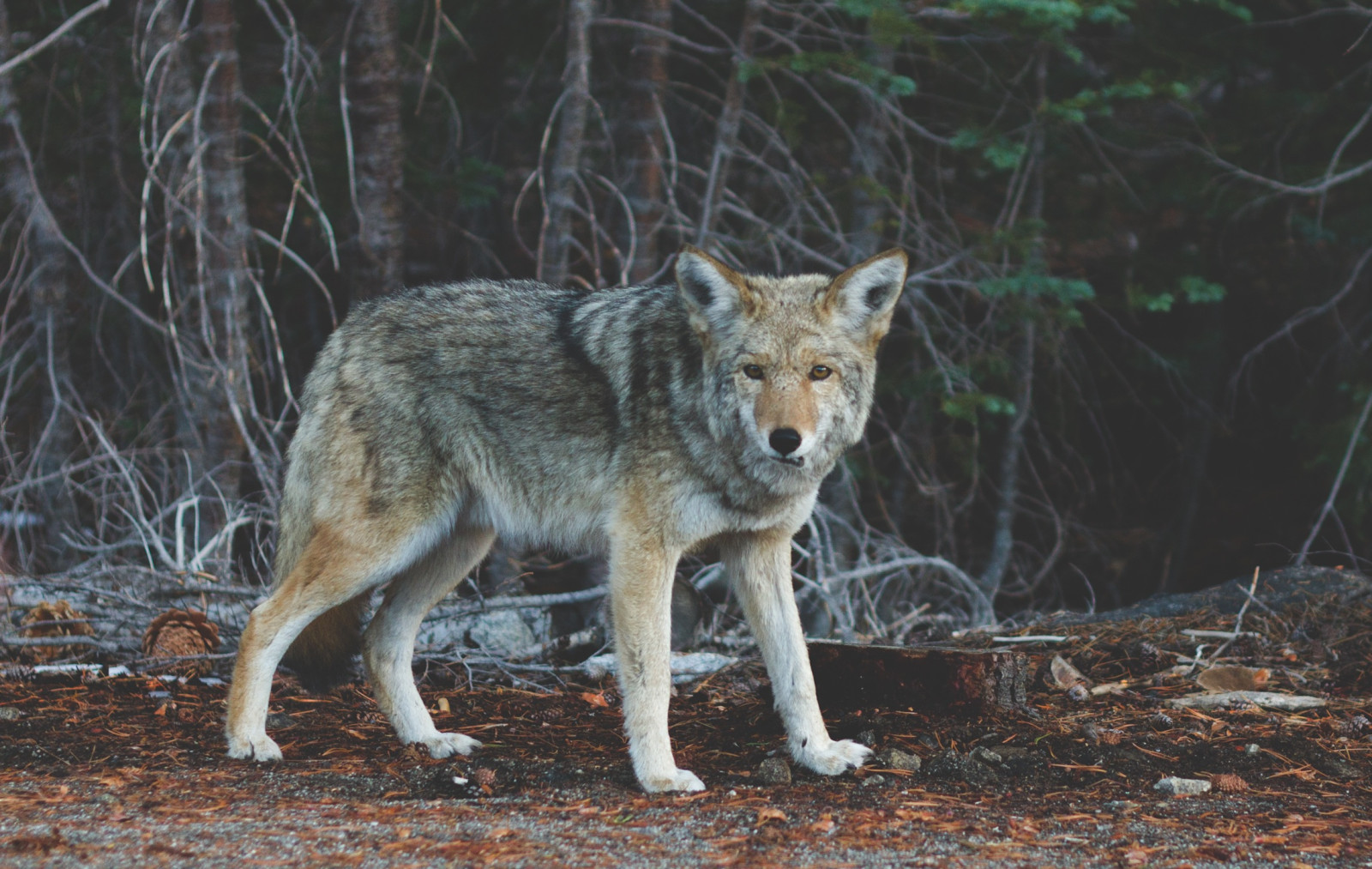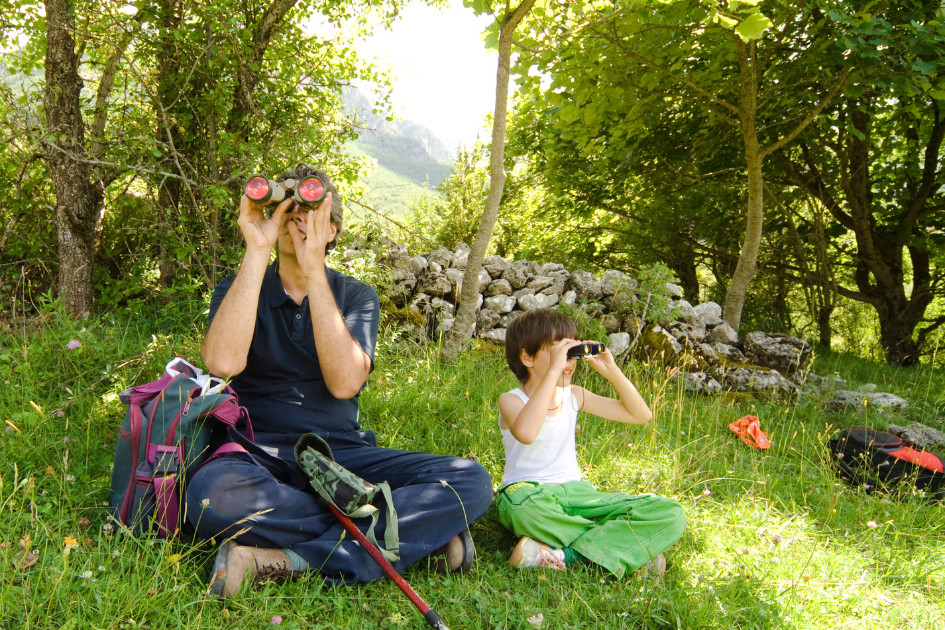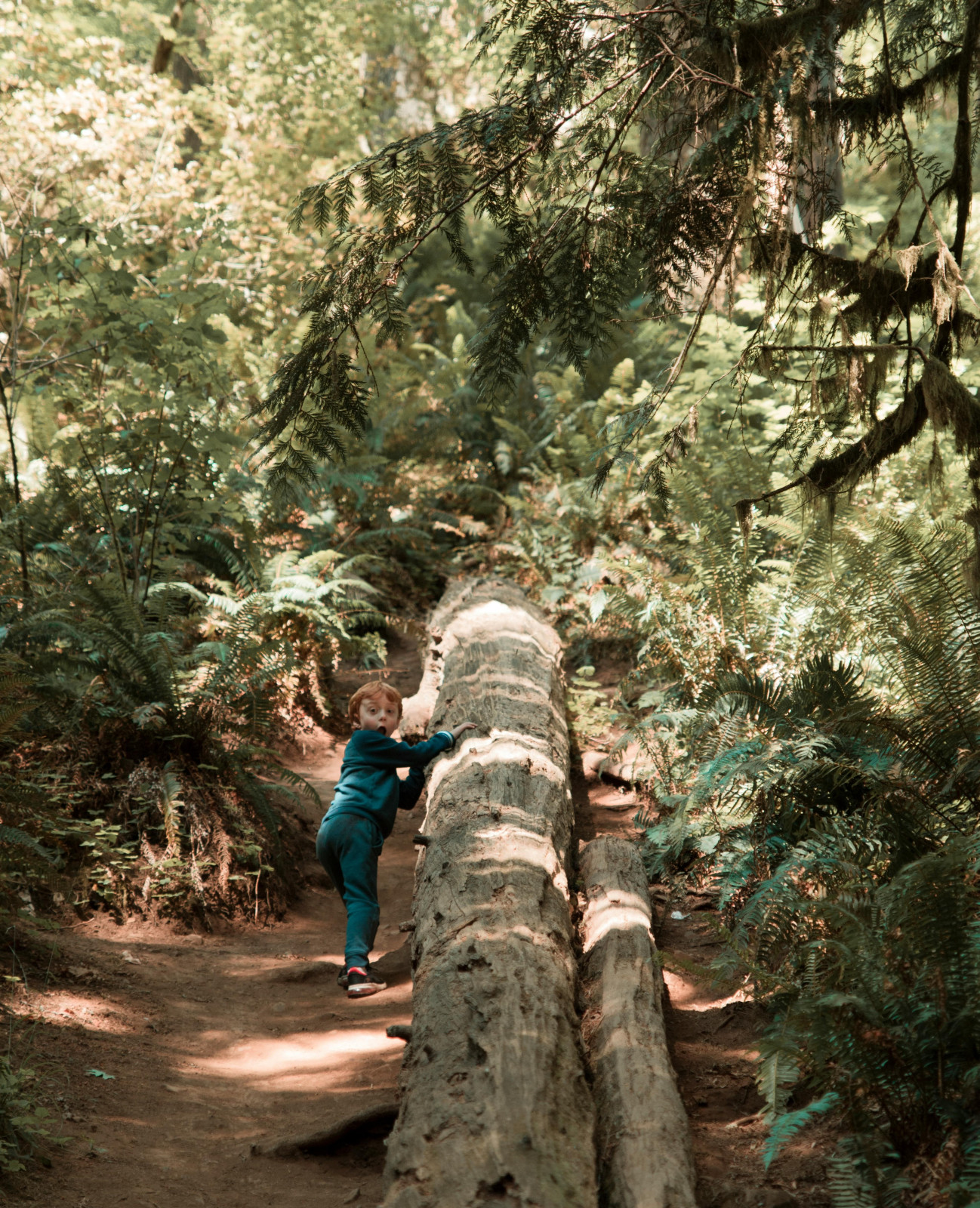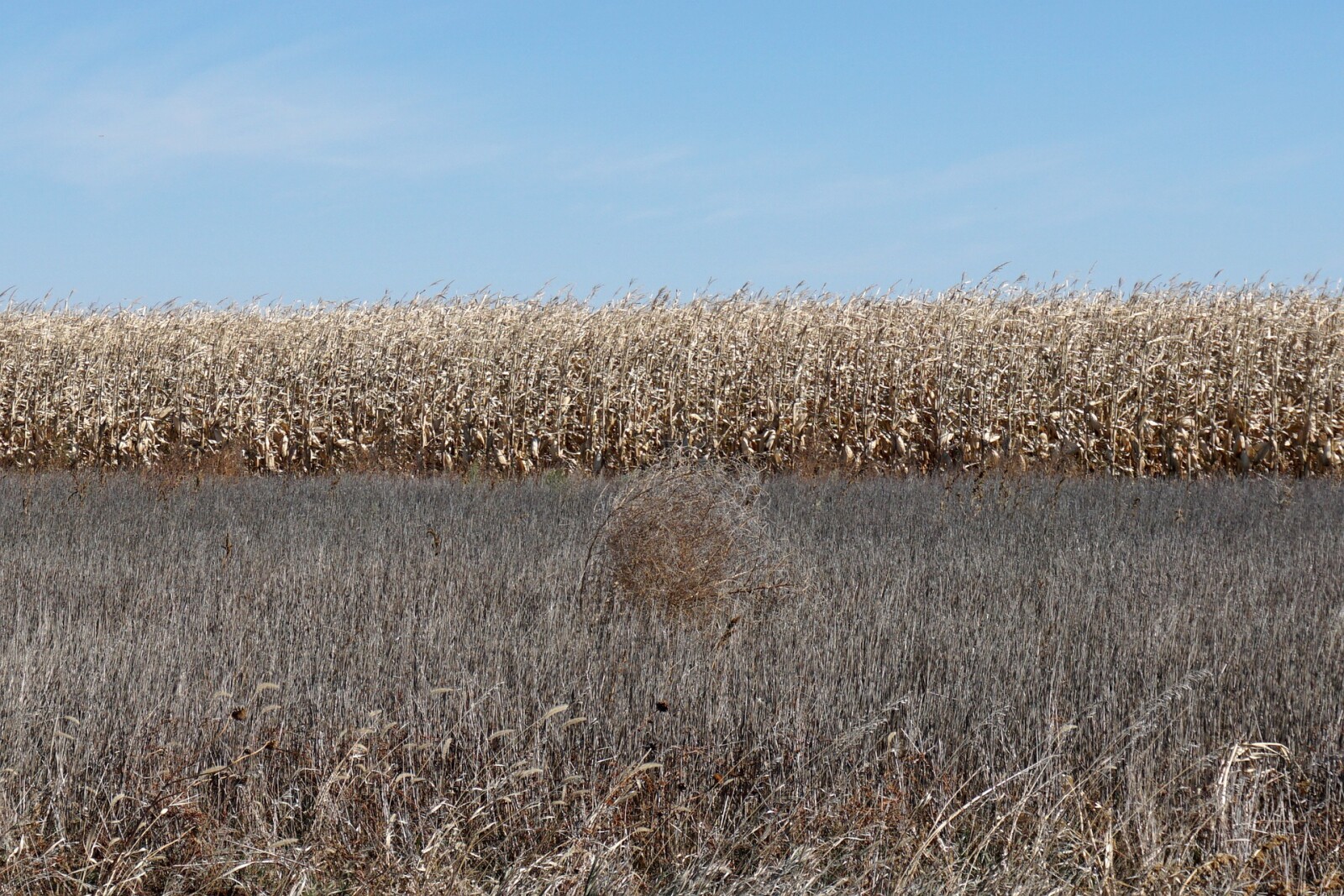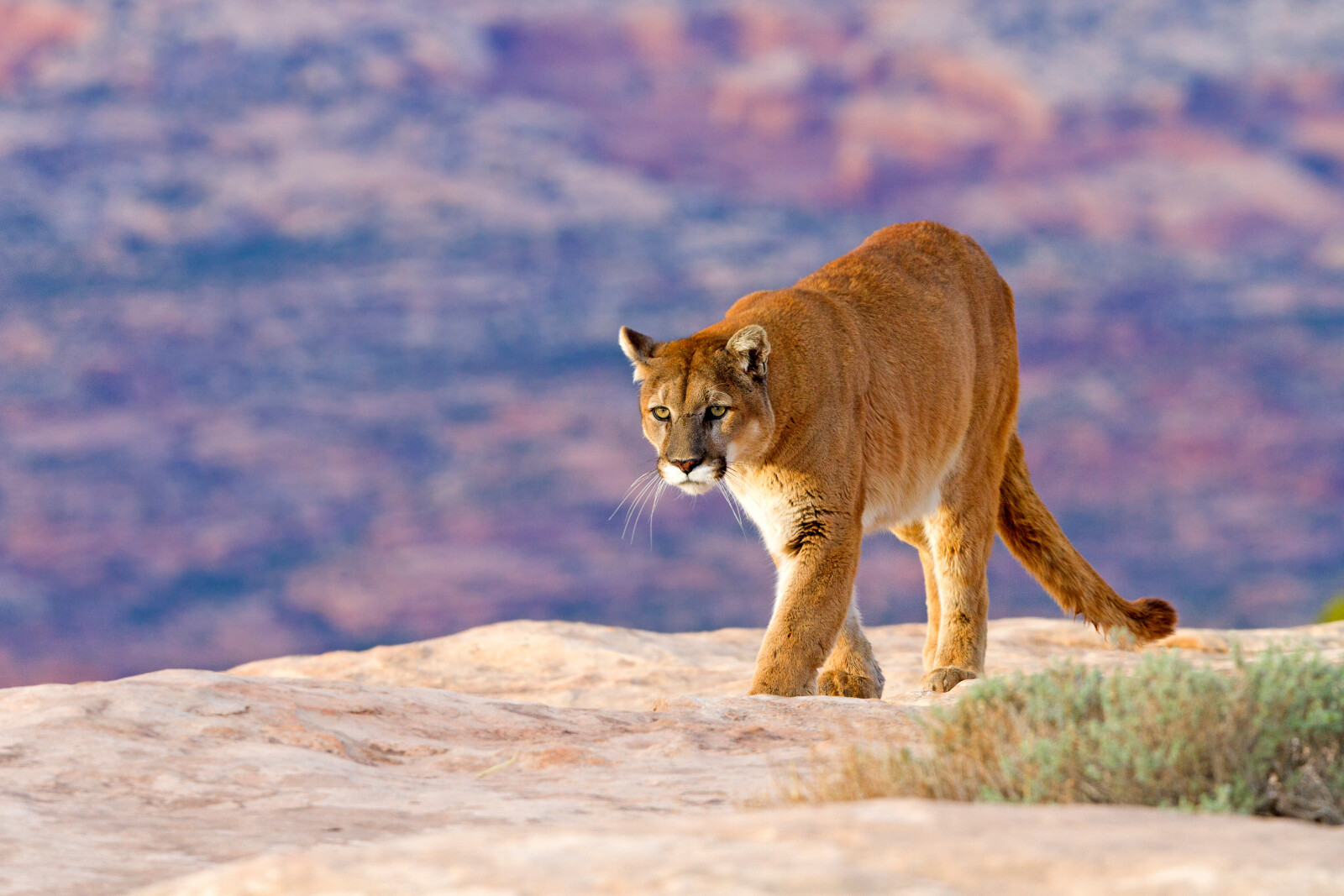
How much do you know about mountain lions? To most people, they’re big and scary because they can kill and eat you. But the truth is, they don’t want to. They prefer deer, but if they can’t get a deer, then they’ll eat something else.
Many people will call and report a mountain lion sighting, but most of the time, it’s a bobcat. They just see a cat larger than their pet and assume it’s a mountain lion. Look at a mountain lion and you will see an incredibly long tail, but a bobcat has a short, stubby tail. So if you think you’re looking at a mountain lion, look at the rear for a long tail. Unless you’re looking straight at it from the front or back, you’ll see the tail.
Adult mountain lions can…
· Run 50 mph in short sprints
· Jump vertically 22 feet
· Bound 16 feet carrying a deer
· Leap horizontally 45 feet
· Walk many miles at about 10 mph
· Swim well
· Sleep for up to 16 hours a day
So, what should you do if your outdoors and come across a mountain lion? Whatever you do, don’t run!!! Stand your ground and look as big as possible. Make eye contact. Put small children on your shoulders or pull your shirt or jacket up over your head to look bigger. Yell! Throw rocks and sticks! Let it know that you are not a deer and you are going to put up a fight. If you are attacked, do just that. Fight like hell because many times the animal will give up and leave. It doesn’t want to get injured, because if that happens, it can’t hunt and feed itself, or its young if it has some.
Please, please always keep your small children close to you when you are in mountain lion habitat. Do not EVER let them run ahead of you on the trail, or fall behind playing with a bug on the ground while your group continues on. That is an invitation for an easy meal in the eyes of a mountain lion that is just learning to hunt or may be injured and looking for food. The sad thing about these type of attacks is while the kids survive, the mountain lion is tracked down and killed, when it was only doing what it does naturally in its habitat.
Many people don’t stop to think about safety when they are out in nature with wild animals are all around. Please don’t be one of those people. Learn about the area you’re visiting and what you should do to keep yourself and your kids safe. If you’re walking or hiking on trails in open space, it’s not the same as an urban park, so be aware of that. Sometimes it’s best to avoid walking in mountain lion habitat at dawn and dusk, as that’s when deer are most active, so mountain lions may be as well. If you do see a mountain lion in the wild, there’s a good chance its not after you. If it were, you wouldn’t see or hear it.
To put the danger of a mountain lion attack in perspective, here are a few statistics:
· There have been only 27 fatalities since 1890s, 3 of which were kids
· In 2000, 54 people died from bee stings
· In 2008, 23 folks were killed by dogs, and 16 of those were kids
· Hunting accidents average about 75 per year
· On average, there are 150 deer vs. auto collisions yearly
· From 2006-2016, there were 29,000 mountain lions killed
Open spaces are where wild animals, including mountain lions, live. If we remember that and respect the animal and its habitat the way we should, we can survive living so close together.
For more information about mountain lions, check out the Mountain Lion Foundation’s website at https://mountainlion.org/.



